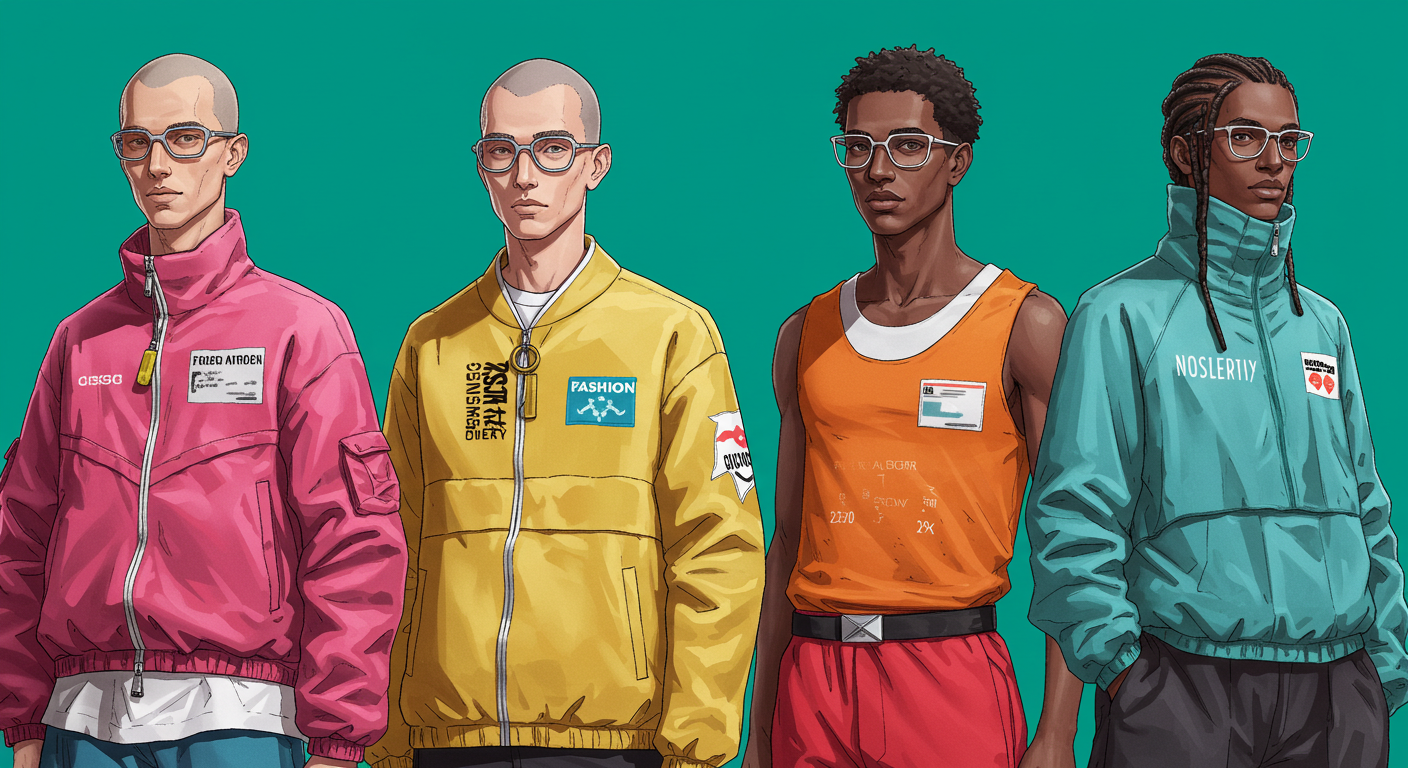Fashion in 2025 is not just about looking good—it’s about feeling authentic, embracing technology, and making conscious choices. In a world increasingly shaped by climate awareness, digital culture, and personal expression, the fashion industry is undergoing a bold transformation.
From virtual try-ons to biodegradable fabrics and AI-designed collections, the new era of fashion is as innovative as it is inclusive. Here’s a look at the trends and ideas redefining style in 2025.
1. Sustainable Fashion Becomes the Standard
Sustainability is no longer a buzzword—it’s the new baseline. In 2025, consumers demand transparency, and brands are responding with ethical practices, recycled materials, and circular design strategies.
Key developments:
- Clothing made from plant-based or lab-grown textiles
- Rental and resale platforms dominating the market
- Brands disclosing supply chain data and carbon footprints
Impact: Eco-conscious fashion isn’t a trend—it’s the future of responsible style.
2. Digital Fashion Takes Off
As the metaverse grows and social media deepens its influence, digital fashion is becoming a creative and commercial force. People are now buying clothes not just for real life—but for their digital lives too.
What’s trending:
- Virtual outfits for avatars and online profiles
- NFT fashion collectibles and limited-edition drops
- Augmented reality (AR) try-ons via smartphone apps
Game-changer: Your digital wardrobe may soon rival your physical one.
3. Tech-Infused Clothing Enters the Mainstream
Fashion meets function with smart fabrics and wearable technology that enhance comfort, performance, and style.
Innovations in 2025:
- Temperature-regulating materials
- Fitness-tracking and health-monitoring apparel
- Clothes that change color or pattern with movement or light
Why it matters: Style is becoming smarter—literally.
4. Inclusivity Drives Design
Fashion is becoming more democratic, reflecting a broader range of identities, sizes, cultures, and lifestyles. Designers are creating with real people in mind, not just runways.
Inclusive fashion features:
- Adaptive clothing for people with disabilities
- Gender-neutral collections as mainstream offerings
- Diverse models and campaigns that reflect global communities
Reality check: Fashion in 2025 is for everyone—and the industry is finally catching up.
5. AI-Powered Style Assistants
AI is revolutionizing the way people shop, style, and express themselves. From personalized outfit recommendations to AI-generated designs, technology is changing the creative process.
AI in fashion:
- Virtual stylists that learn your preferences
- AI-generated fabric patterns and silhouettes
- Predictive design tools helping brands forecast trends
Benefit: Personalized fashion, faster and more accessible than ever.
6. Streetwear Meets Haute Couture
In 2025, the line between high fashion and everyday wear is blurred. Streetwear continues to influence major labels, while luxury brands are collaborating with underground designers and influencers.
Fusion of styles:
- Sneakers with couture dresses
- Hoodies in luxury fabrics
- Pop culture and politics woven into clothing designs
Trend: Fashion is no longer about exclusivity—it’s about identity and expression.
Conclusion
Fashion in 2025 is an exciting mix of innovation, individuality, and intention. It’s about more than what you wear—it’s about how your choices reflect who you are and what you stand for. Whether you’re exploring sustainable labels, designing your digital look, or embracing inclusive brands, fashion is your personal platform.
In this new era, style isn’t dictated by runways—it’s defined by you.
